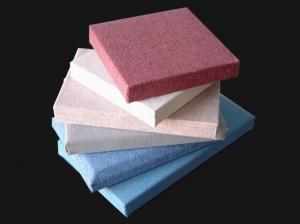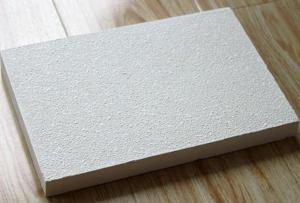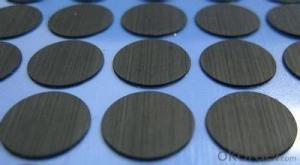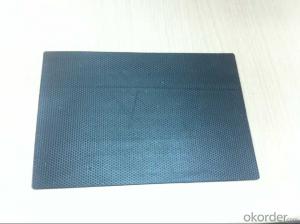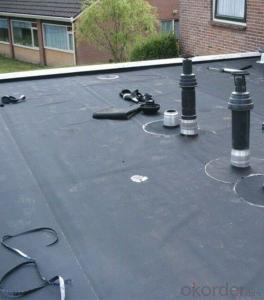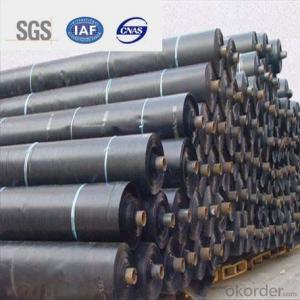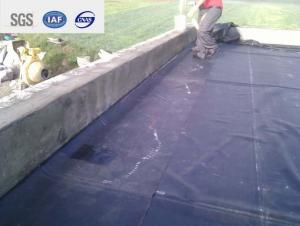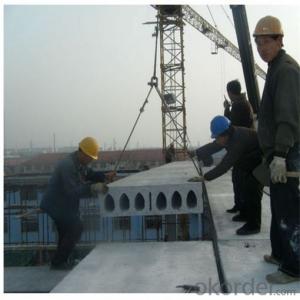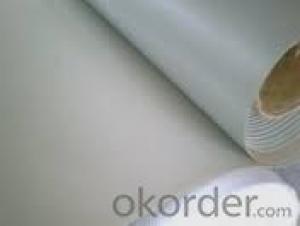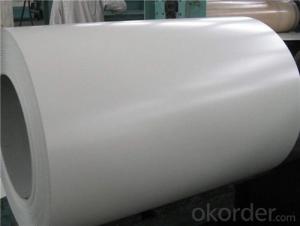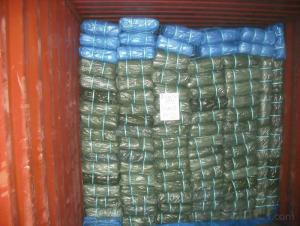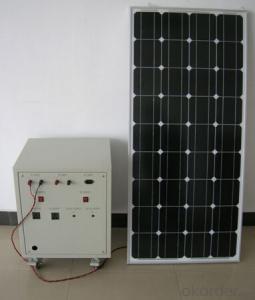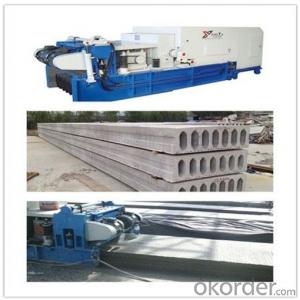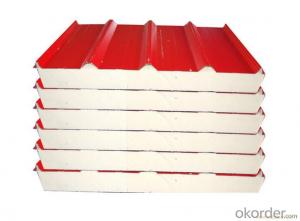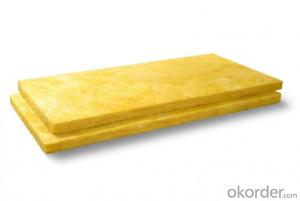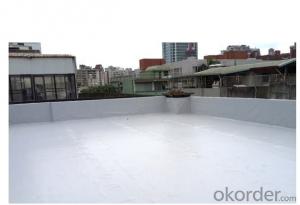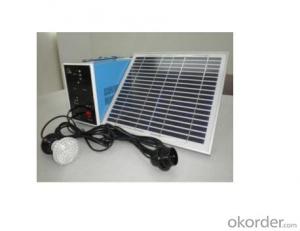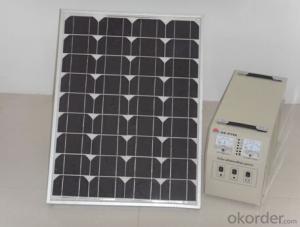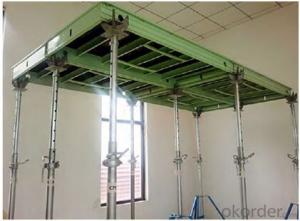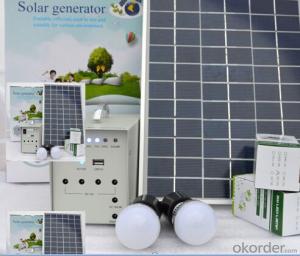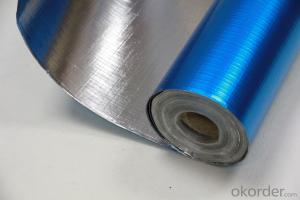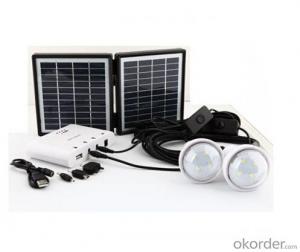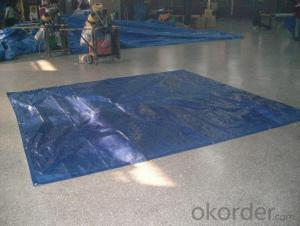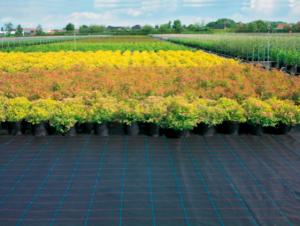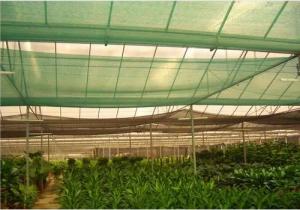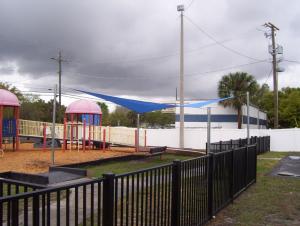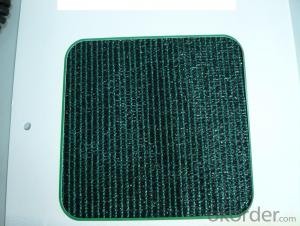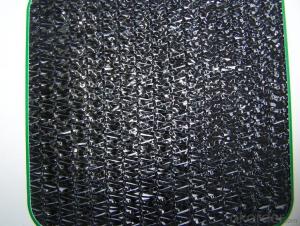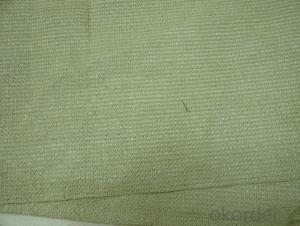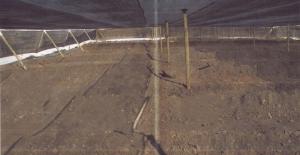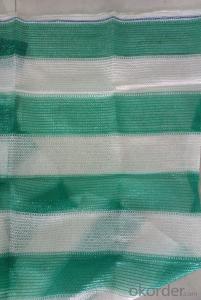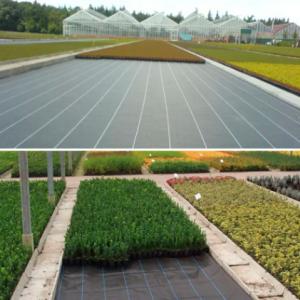Roof Tarp
Roof Tarp Related Searches
Led Light Bulbs For Ceiling Fixtures Decorative Ceiling Plate For Light Fixture Ceiling Plate For Hanging Light Fiberglass Panels For Roofing Heat Reflective Material For Roof Track Lights For Kitchen Ceiling Lights For Kitchen Ceiling Lights For Fall Ceiling Hanging Ceiling Chairs For Bedrooms 42 White Ceiling Fan With LightHot Searches
Fiberglass Scaffolding For Sale Plastic Roof Tiles For Sale Fiberglass Panels For Sale Fiberglass Greenhouses For Sale Cost Of Concrete Tile Roof Roof Insulation Price Artificial Slate Roof Tiles Price Ceiling Fan Lowest Price Tesla Solar Roof Inverter Types Of Flat Roof Coverings Stone Wall Tiles Cost Company Office Design Ceramic Roof Tiles Cost Metal Roof Tiles Prices Cement Roof Tile Manufacturers Clay Roof Tile Manufacturers Synthetic Roof Tiles Cost Roof Clay Tiles Prices Interlocking Roof Tiles Prices 30 Year Roof Shingles PricesRoof Tarp Supplier & Manufacturer from China
Okorder.com is a professional Roof Tarp supplier & manufacturer, offers integrated one-stop services including real-time quoting and online cargo tracking. We are funded by CNBM Group, a Fortune 500 enterprise and the largest Roof Tarp firm in China.Hot Products
FAQ
- Plastic nets help in controlling weed growth by acting as a physical barrier that prevents sunlight from reaching the weeds, thus inhibiting their growth. Additionally, these nets also discourage weed germination by creating a hostile environment for their seeds to establish and grow.
- Yes, plastic nets are commonly used in the packaging industry. They are often utilized for securing and protecting various products during transportation and storage.
- Yes, plastic nets can be used for creating climbing structures. Plastic nets are lightweight, durable, and flexible, making them suitable for constructing safe and sturdy climbing frames. They are often used in playgrounds, adventure parks, and indoor climbing gyms to provide a challenging and fun climbing experience for children and adults alike.
- To install plastic nets, start by measuring the area where you want to install them. Then, gather the necessary materials such as plastic netting, zip ties, and a staple gun. Secure one end of the netting to a sturdy support using zip ties or staples. Stretch the netting tightly and attach the other end using the same method. Repeat this process until the entire area is covered with the plastic nets, ensuring they are securely fastened.
- Yes, plastic nets can be used for creating shade structures in parks. They are lightweight, durable, and provide effective shade while allowing air to flow through. Additionally, plastic nets are resistant to UV rays and can withstand various weather conditions, making them suitable for outdoor use in parks.
- Yes, plastic nets are suitable for packaging gardening tools as they provide a lightweight and flexible option that allows for easy visibility of the tools while also protecting them from damage during transportation and storage.
- No, plastic nets are not suitable for use in swimming pool areas as they are not designed to provide the necessary safety and functionality required in such environments.
- Plastic nets help in preventing soil erosion on construction sites by acting as a protective barrier. They are laid on the soil surface and securely anchored to prevent wind and water erosion. The nets trap sediment and prevent it from being washed away, while still allowing water and air to penetrate the soil. This helps in stabilizing the soil and preventing erosion, protecting nearby water bodies from sediment runoff.
